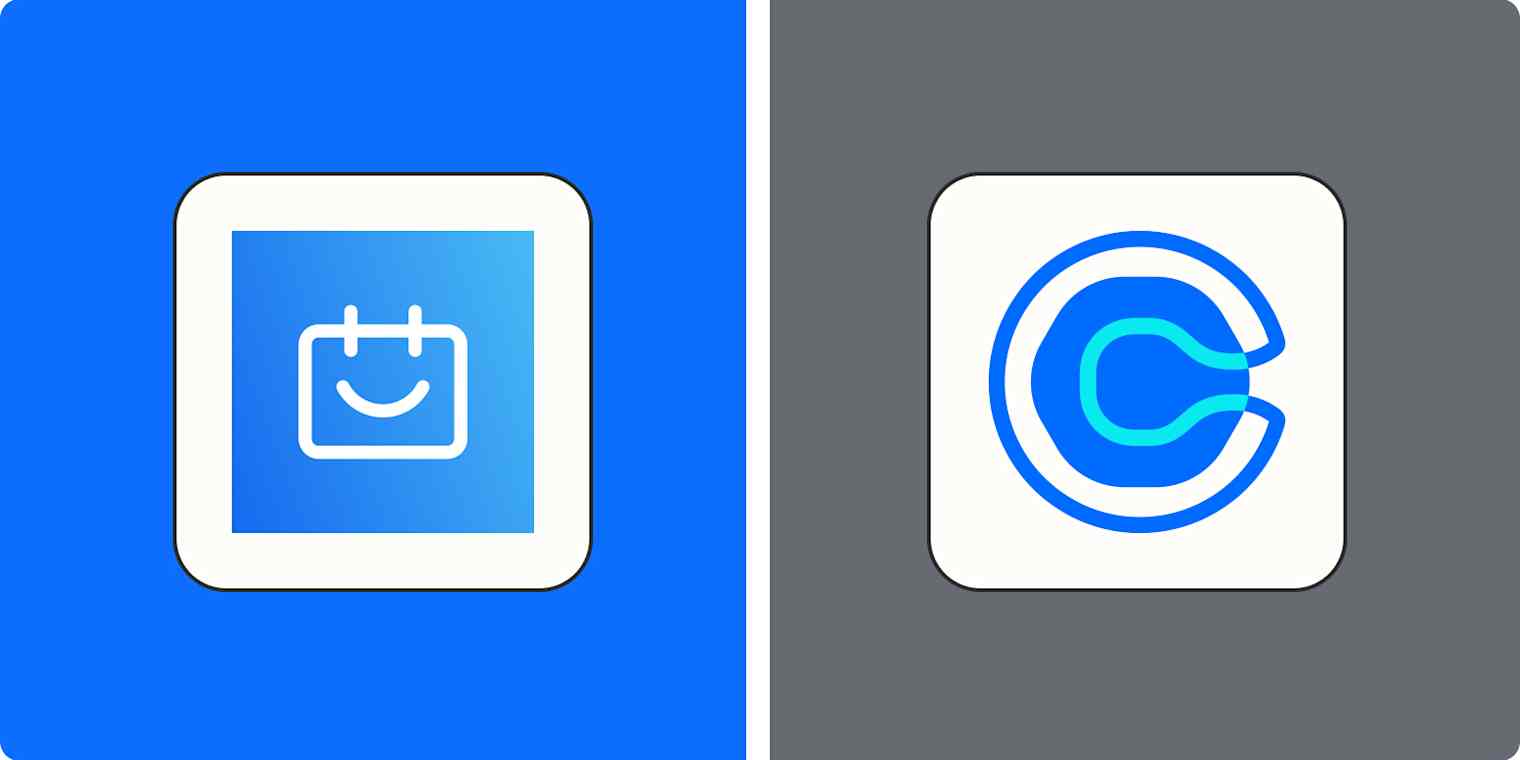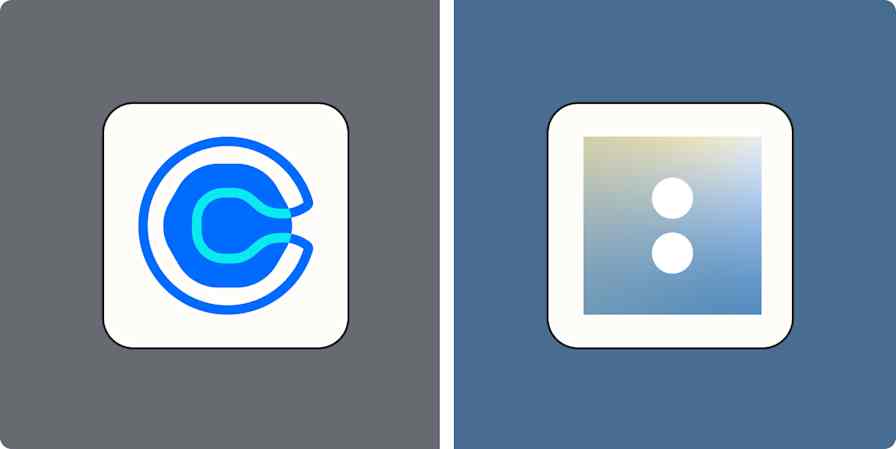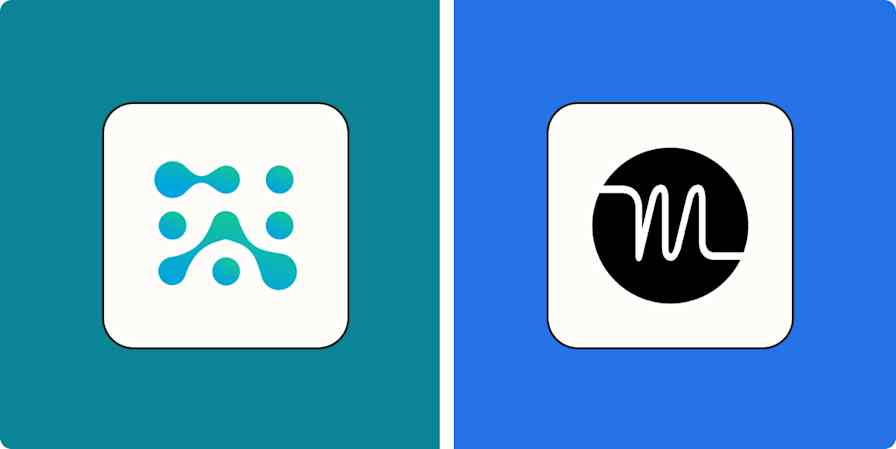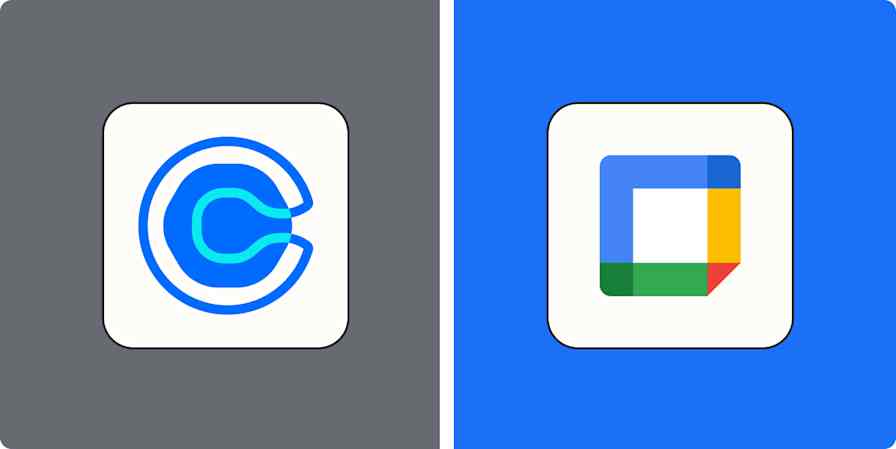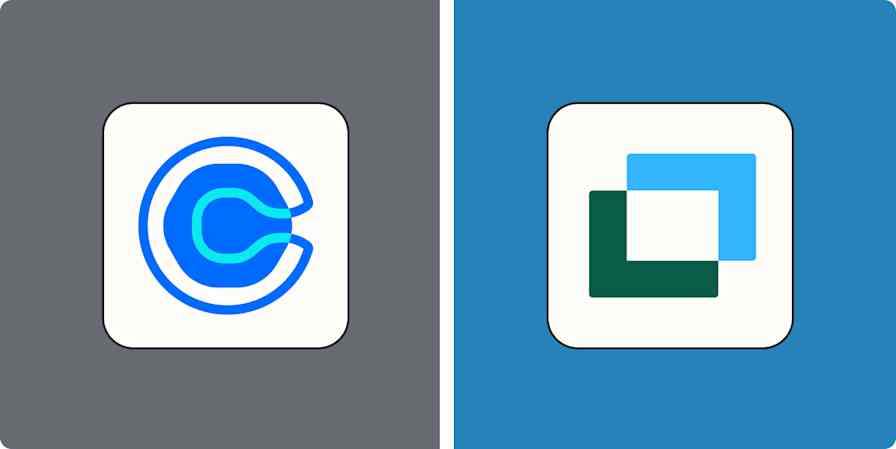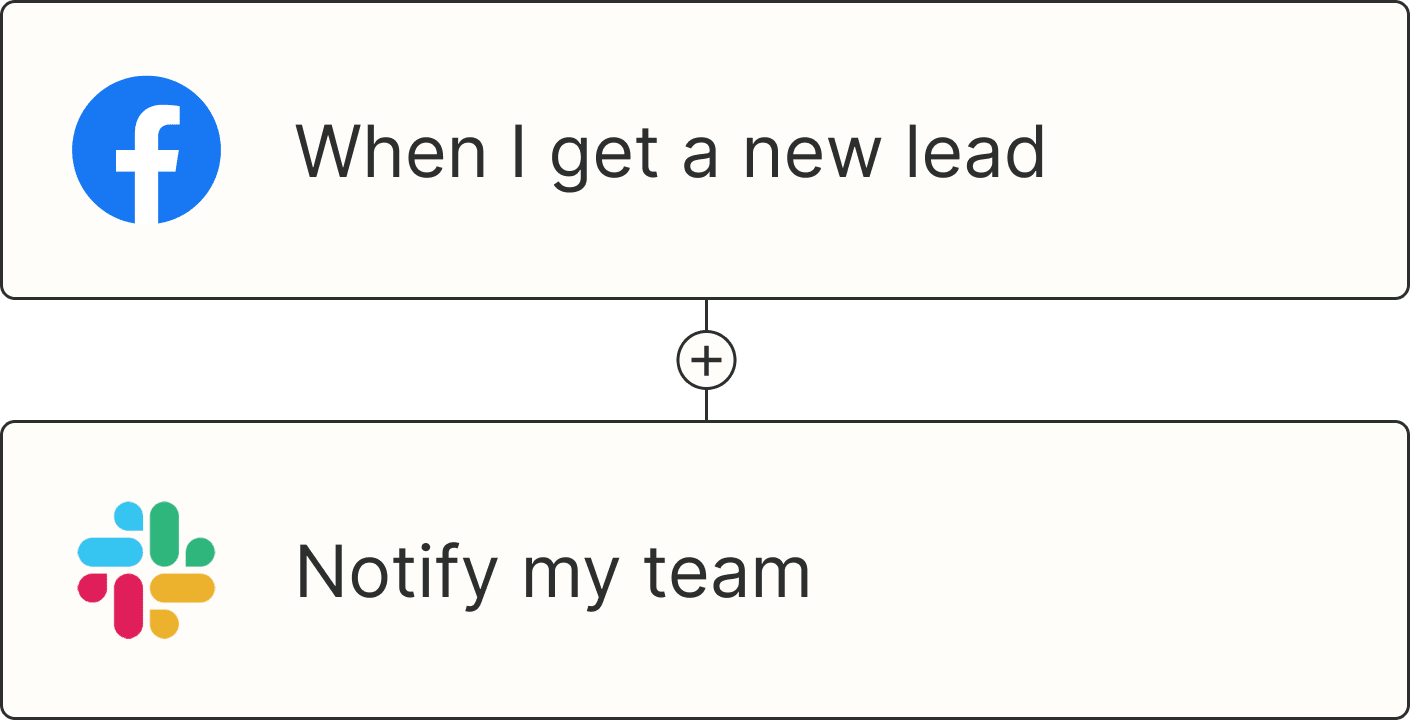In the dark ages of scheduling meetings—a mere decade ago—back-and-forth emails were the standard. Then Calendly came along with its "smart scheduling" technology, which blocks out the times you aren't available and lets meeting attendees book whatever time works for them. Over time, it inspired legions of competitors. TidyCal is one of them, offering fewer features but significant cost savings.
I'm a long-time Calendly user, and I spent time in TidyCal to compare the strengths of each tool. If you're choosing between them, you'll need to consider the benefits of Calendly's advanced features against the cost savings of TidyCal's affordable lifetime subscription. In the article below, I'll guide you through this decision.
Table of contents:
TidyCal vs. Calendly at a glance
Here's a quick rundown of the difference between these two scheduling tools:
TidyCal is best for solopreneurs and small teams on a budget. With its recent addition of team features and its affordable one-time payment model, TidyCal is great for users who need a simple scheduling solution that doesn't break the bank.
Calendly is best for power users and larger teams. If you need advanced automation, robust team features, and meeting analytics, Calendly's slick design and industry-leading features make it worth paying for every month.
TidyCal | Calendly | |
|---|---|---|
Pricing | ⭐⭐⭐⭐⭐ With a single payment of $39 for lifetime access, TidyCal offers unbeatable value. It also has a capable free plan. | ⭐⭐⭐ At $12/month, Calendly is reasonably-priced by enterprise software standards. But its $20/month per-user pricing for teams means the cost can add up fast. Its free plan is generous. |
Ease of use | ⭐⭐⭐⭐ Straightforward, quick to learn, and simple to navigate. No mobile app, though. | ⭐⭐⭐⭐⭐ A polished user interface, time-saving features, and helpful mobile app give Calendly an edge. |
Advanced features | ⭐⭐⭐ TidyCal has all the essential scheduling features you need—including paid bookings—but it's missing advanced features like custom automations. | ⭐⭐⭐⭐⭐ Calendly goes above and beyond with advanced workflows, custom automations, and highly customizable booking pages. |
Features for teams | ⭐⭐⭐ TidyCal now offers basic team features like collective meetings and round robin scheduling. At just $79 per user for lifetime access, it's incredibly affordable. | ⭐⭐⭐⭐⭐ Calendly offers much more advanced options for teams; you'll get features like routing forms, cross-organizational analytics, and custom event types. |
Integrations | ⭐⭐⭐⭐ Just a handful of native integrations integrates with thousands more apps via Zapier. | ⭐⭐⭐⭐⭐ 140+ integrations; integrates with thousands more apps via Zapier. |
TidyCal provides the best value
TidyCal is a rarity in today's SaaS environment. Instead of a monthly subscription, you pay a one-time fee of $39 for lifetime access. And it's no secret who AppSumo, the company behind TidyCal, is targeting: Calendly customers who want to save money.
Just look at this ad AppSumo is running.

In fact, Calendly users form such a core part of TidyCal's demographic that they're built right into the standard onboarding workflow.
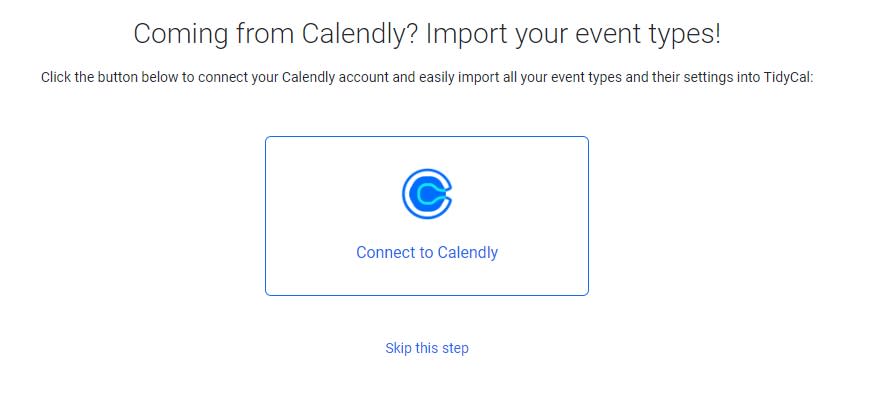
It's not hard to understand the appeal: by switching from Calendly, you can save $120+ per year as a solo user and thousands of dollars a year if you have a small team. And while TidyCal isn't as advanced as Calendly, it offers all the essentials: booking pages, custom availability, embeddable widgets, built-in email reminders, paid bookings, and up to 25 calendar connections.
That's not to say that Calendly isn't good value, though. Calendly powers scheduling for 80% of Fortune 500 companies, according to its website, but it's still relatively accessible at $12/month/user (or $20/month/user for Teams subscriptions). With larger teams, though, the cost can add up fast: if you want to connect a team of 20 people to Calendly, you'll pay $400/month.
What about free plans? TidyCal and Calendly both offer them, and both are generous. However, if you're a serial meeting-booker, you'll run into issues pretty fast.
With TidyCal's free plan, video conferencing URLs aren't automatically generated; instead, you need to go into Zoom or Google Meet, create a meeting, and copy/paste that link into TidyCal. Calendly's free plan generates meeting links automatically, but there are other limitations: for example, you can only create one event type, which means you can't offer meetings of different lengths. And both TidyCal and Calendly only allow you to connect one calendar on the free plan—not great if you don't want your work meetings to conflict with your dentist appointment.
Both are easy to use, but Calendly's interface is better
TidyCal is well-designed and intuitive, and if you just need a basic scheduling solution, you may find it easier to navigate than Calendly since its menus aren't full of advanced features like routing forms and workflows.
Overall though, Calendly is a more refined piece of software. Many tasks are simply easier: for example, by selecting your country in the "availability" section, you can automatically block off your calendar based on your country's public holidays. Calendly also offers a convenient mobile app that sends you push notifications when someone books, reschedules, or cancels a meeting. (TidyCal doesn't offer a mobile app.)
Going through the setup process, I was reminded of the trade-offs that often come with budget software like TidyCal. Calendly has step-by-step onboarding checklists—complete with walkthrough videos—that help you understand how to get the most out of the tool.

TidyCal, on the other hand, has a basic three-step onboarding process. After that, you're on your own.
Setting your availability in Calendly is simple: just choose the hours you're available, and override your default availability when something comes up that disrupts your normal schedule. (TidyCal offers a way to override your default schedule too; in my experience, this feature comes in handy often.)

Calendly's free/busy rules help streamline the edge cases that inevitably arise when you're trying to juggle your personal life, internal meetings, and customer meetings. For example, let's say you use your calendar to block off time for yourself so you can get deep work done, or take a daily walk, without internal meetings intruding. But what if you want customers (or your boss) to be able to book those times? With Calendly, you can allow certain prioritized event types to override less-important calendar events.

From the perspective of your meeting attendees, the user experience is pretty equivalent with both tools. Here's the Calendly booking page, which you've almost certainly encountered while booking a meeting at some point.

TidyCal's version is a near replica, though not quite as polished.

Calendly has more advanced features
As you might expect from a tool favored by Fortune 500 companies, Calendly is more powerful than its budget-friendly competitor. But since TidyCal and Calendly have many of the same basic features, the biggest differences only reveal themselves after more extensive use.
Some differences aren't particularly consequential: for example, Calendly lets you customize the appearance of your booking page in greater detail.
Other advanced features, though, can have a big impact on your scheduling experience. Automations are a good example: while TidyCal lets you send a maximum of two default meeting reminders, Calendly gives you much more flexibility. You can create complex workflows that automatically handle the grunt work that comes with booking a meeting, like sending reminder SMS messages and post-meeting thank-you emails.
Calendly comes with 18 pre-built workflows, from Request follow-up meeting to Text cancellation notification to invitee; to activate one, just click Add workflow.

If you need something more custom, click Create your own workflow to select from a range of triggers and actions.

Calendly offers clever features that simplify scheduling for everyone involved. Take meeting locations, for instance. Instead of hosts making all the decisions (which often leads to back-and-forth messages), Calendly lets you provide options to your attendees. This is perfect when working with enterprise clients who might only use Microsoft Teams, for example, or when connecting with someone who needs a phone call because they'll be driving during your meeting time.

Calendly's new Contacts feature lets you quickly browse through everyone who's booked a meeting with you. You can see your meeting history, review past notes, book follow-up meetings, and mark certain contacts as "favorites" for easy access. While it's not exactly a CRM replacement, Contacts adds helpful built-in context as you schedule meetings.

And if you're a LinkedIn power user, you now get a nice perk if you also use Calendly: you'll get a spiffy Calendly-linked Book an appointment button on your profile, posts, messages, and even under your name in LinkedIn's search results. (While all LinkedIn Premium users can add profile buttons, the other features are exclusive to Calendly users.)

Teams get more from Calendly, but TidyCal costs far less
TidyCal was explicitly designed for one-person teams, but after years of user requests, they finally added team features in early 2025. With the Agency plan—which costs just $79 for lifetime access—you get access to team-based booking pages, collective meetings (i.e., multiple hosts), and round robin meetings.
Unlike Calendly's monthly user-based pricing, TidyCal lets you invite unlimited team members. However, there's a catch: each user requires a separate $79 one-time fee, a detail that's strangely missing from their pricing page. Either way, it's still a great deal.
TidyCal's team features aren't as advanced or polished as Calendly's, but they offer great value for small teams. Consider a five-person spa team: for just a few hundred dollars total, they get lifetime access to a simple booking portal where customers can view availability across services and schedule with any team member.

Calendly offers far more sophisticated team features, though you'll need to pay $20/user/month to access them. Calendly's best team feature is probably its sophisticated round robin settings, which give you a high degree of control over how meetings are assigned to different team members. For example, you can set each team member's "priority" and allow Calendly to assign the meeting to the available team member with the highest priority first. You can also optimize for equal distribution, which means that Calendly will attempt to keep things balanced (and avoid assigning too many meetings to one person).

Another feature that comes in handy for teams is routing forms, which connect prospects with relevant members of your team depending on factors like their industry and company size. You can also use routing forms to screen people who aren't qualified prospects; if they don't meet your criteria, they won't be invited to book a meeting.

Calendly also offers an analytics dashboard that tracks the most popular times for meetings, the most frequently booked event types, and how many events were created, rescheduled, and canceled. For managers, this data is useful because it signals potential issues—for example, a spike in canceled events—and helps manage employee bandwidth.

Calendly offers some other nice touches for teams: you can add your branding to booking pages across your organization, connect Salesforce and HubSpot at a company-wide level, and create custom event types for your team. And Calendly's security protocols are also a lot more convincing than TidyCal's, with third-party security certifications, encryption technology, and professional measures to ensure account security. This is important for large companies but also for some solo users. For example, U.S.-based financial advisors need to carefully comply with federal user privacy guidelines, which might make Calendly a less risky option for them.
Calendly has more native integrations, but both integrate with Zapier
TidyCal's strategy is to offer an effective low-cost product by focusing only on the most essential features. That means you'll get access to just a handful of integrations: for calendars, you can connect Google, Microsoft Office 365 Outlook, and Apple/iCal; for video conferencing, you can connect Zoom and Google Meet.
Calendly integrates with most popular calendar and video conferencing software natively. It supports all of the above tools, as well as some solutions that are more popular with enterprise users: Outlook Desktop and Microsoft Exchange for calendars, and Webex, GoTo Meeting, and Microsoft Teams for video conferencing.
Overall, Calendly has 140+ integrations and TidyCal has just a handful. But by using Zapier, you can connect Calendly or TidyCal to pretty much any app you can imagine. Learn more about how to automate Calendly, or use one of these pre-made workflows to get started.
Create Google Sheets rows from new scheduled Calendly events
Add or update ActiveCampaign contacts for new Calendly invitees
Send new TidyCal bookings notifications through whatsapp messages
Zapier is a no-code automation tool that lets you connect your apps into automated workflows, so that every person and every business can move forward at growth speed. Learn more about how it works.
TidyCal vs. Calendly: Which should you choose?
Choosing TidyCal over Calendly can save you over a hundred dollars a year if you're a solo user, or potentially thousands per year if you manage a team. But there are plenty of trade-offs, so you'll need to take a close look at your needs. Here are some guidelines to consider.
Go with TidyCal if you're a solo user or small team looking to keep costs low. You'll get all the essential scheduling features you need, plus the satisfaction of paying a single fee for lifetime access.
Go with Calendly if you have a larger team or if you need advanced options that TidyCal doesn't offer. Calendly's workflows, advanced team features, meeting analytics, and routing options will make your life easier and boost your team's efficiency.
Related reading:
This article was originally published in February 2024. The most recent update was in April 2025.
